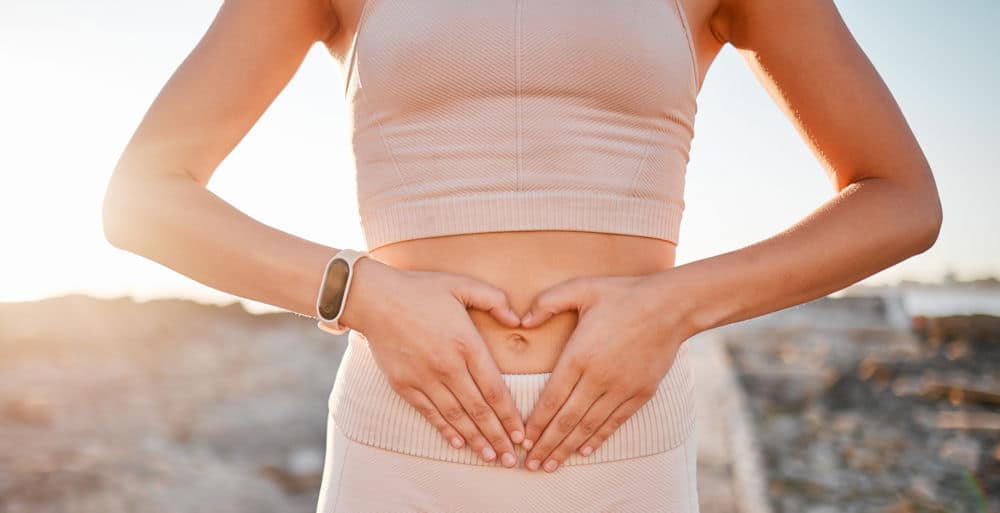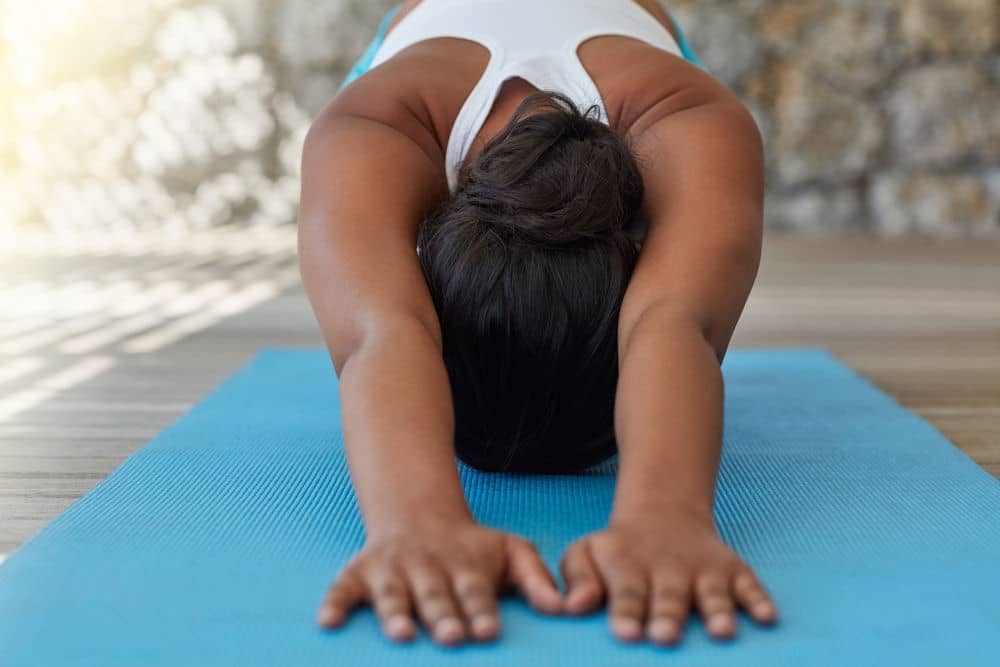
Most women can relate to experiencing a dip in mood about a week before menstruation, and the irritability, sensitivity, and vulnerability that well up.
Hormonal ebbs and flows are part of the biologically female experience. Each month, our energies rise and fall according to predictable rhythms.
Across the female population, there are some differences in the degree how which we may experience these hormonal rhythms, with some people experiencing greater distress than others.
While many experience Premenstrual Syndrome (PMS), a small minority of women have a more serious case, known as Premenstrual Dysphoric Disorder (PMDD.)
What is the difference between PMDD and PMS?
PMS may include physical as well as mental health symptoms. It is typical to experience mild to moderate depression, to think more negative thoughts about ourselves, and to perceive our bodies and appearances in a more negative light (perhaps triggered by cravings to eat unhealthy food, bloating, or acne).
We may have less energy, need more sleep, and feel physical tenderness in our breasts or lower back. Monthly experiences of these symptoms are generally considered a normal part of the female experience.
If these symptoms appear around the same time in our cycle every month and go away again once our period starts, they are considered part of Premenstrual Syndrome, which affects many women.
Less commonly, some women have a more severe experience of hormonal fluctuations, in which symptoms are so extreme that they are disruptive. If PMS symptoms are so strong that they significantly affect the way you relate to other people, especially if it extends to how you relate to your work or how you treat people out in the world (not only loved ones at home), that may be a signal of PMDD.
What are the causes of PMDD and PMS?
The origin of PMS and PMDD are not conclusively determined, but an intricate relationship between mood and hormones is established.
Due to the complexity of the human body and the ways that biology informs subjective experience and vice versa, it’s difficult to say where the symptoms come from or to boil their presence down to a single cause.
It can be helpful to know that those with a tendency towards depression will likely experience both PMS and PMDD more severely than those who do not ordinarily experience depressed mood.
What are the signs and symptoms of PMDD and PMS?
Similarities between PMS and PMDD
Broadly speaking, the symptoms of PMS and PMDD are very similar. Both can include changes in mood, greater feelings of vulnerability, and irritability, including crying and negative thoughts. At the physical level, both can give rise to fatigue, food cravings, muscle and joint pain, headaches, bloating, and tender breasts.
Differences between PMS and PMDD
There are some important differences between PMS and PMDD, mainly in the severity of dysphoria.
Depression
Whereas PMS is very often accompanied by mild to moderate depression, it is a sign of PMDD if the sadness or hopelessness is so extreme that it disrupts your life significantly, or if it comes with thoughts of suicide. If you or a loved one are experiencing suicidal thoughts, please get help right away because these can easily become dangerous.
Mood Swings
Similarly, some moodiness is associated with PMS, but dramatic mood swings, overwhelming feelings of anger and being out of control, as well as extreme suddenness in the change of mood are signs you might be dealing with a case of PMDD.
Anxiety
Some women feel anxious as a part of PMS, but strong anxiety is more commonly associated with PMDD. If the anxiety feels like extreme edginess and fear, that is a sign it could be PMDD.
Life Outlook and Self-Care

During PMS, it is normal that some changes to one’s self-care take place, for example, to accommodate lower energy levels. For women experiencing PMDD however, feelings of hopelessness and extreme negative states of mood and mind can lead to dropping all self-care practices and giving up on taking care of important activities in the world.
How are PMDD and PMS diagnosed?
PMS and PMDD are diagnosed in clinical settings, by a doctor or gynecologist. After a discussion of symptoms with your doctor, an assessment is made.
Assessment may include observation of one’s mood and tracking one’s own cycle for a couple of months, to gather data points and to get a better picture of how the symptoms are playing out. This means that you would need to log and journal on your symptoms in relationship to your cycle for a month or two and then bring your observations to your next appointment.
To validate a diagnosis of PMS or PMDD, it would need to be clearly established that your symptoms are linked to your menstrual cycle, starting about a week before your period and going away again once your period finishes.
What is the treatment for PMDD and PMS?
 There are different options for women with PMS and PMDD, and the best approaches are integrative, addressing the body as well as the mind.
There are different options for women with PMS and PMDD, and the best approaches are integrative, addressing the body as well as the mind.
Lifestyle changes are the most powerful form of support for most mental health problems, including PMS and PMDD.
Improvements in diet, sleep, and exercise are the key. When the body is in its optimal state, hormonal fluctuations can be harmonized. Regular, cyclical changes of energy can be smoothed and softened.
You may also want to consider the benefits of disconnecting from excessive use of technology. Artificial materials, chemicals, and electromagnetic frequency imbalances connected with phones and computers are believed by some to interfere with the body’s functioning. Being more tuned in to entertainment or information, rather than one’s current bodily state, tends to amplify suffering in the longer run.
For any mood disorder, no matter what the origin, a big support may come through doing what what we can to be more aligned with nature, whatever that means to us, and however it is available to us.
Examples of practices that help us line up with nature include sleeping when it’s dark out and waking with the sun, getting enough outdoor time, moving our bodies frequently throughout the day, and eating the freshest foods we can.
Overall, for women with PMS or PMDD, we at Villa Kali Ma would recommend a movement practice (like yoga), some kind of mindfulness practice (such as meditation), as well as regular self-expression through creativity.
It is good to be aware also that trauma, mental health disorders, and active addiction make PMS and PMDD symptoms worse, so if these are at play in your life still, it would be good to get treatment for these. Ideally, a holistically-minded program would be best, to help address all the ways that hormones and mood influence our experiences as women.
Villa Kali Ma can assist women with depression
At Villa Kali Ma we are dedicated to supporting women to heal from trauma, mental illness, and addiction. We use traditional, alternative medicine, and contemporary scientific treatment approaches together as one, taking the best of each to help each woman discover her path to happiness.
If you’re struggling with low mood, alongside your period, or just in general, you might consider some of our programs for women. We take a compassionate, curious approach to suffering and its antidotes. We would love to meet you and hear your story!

